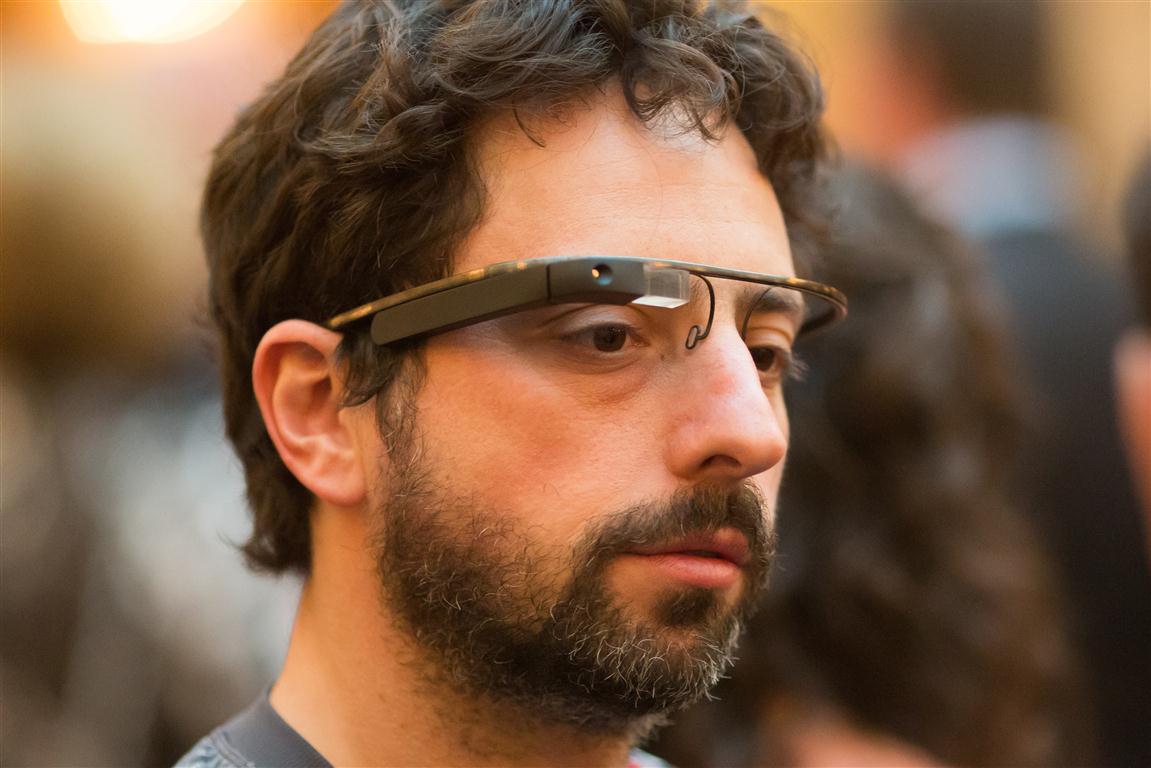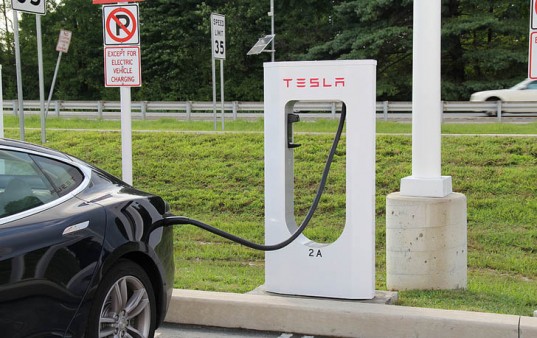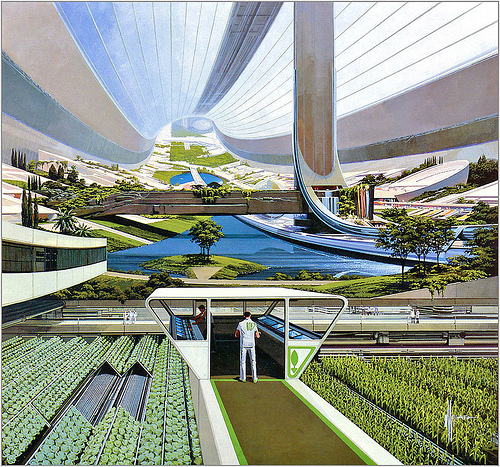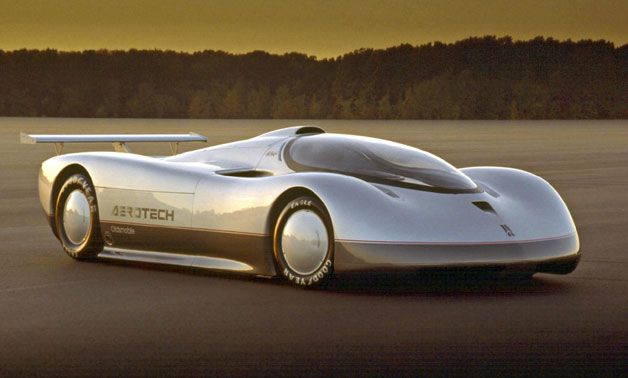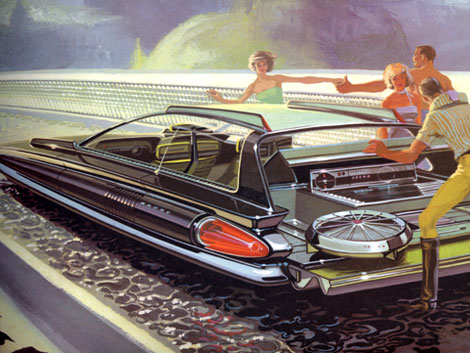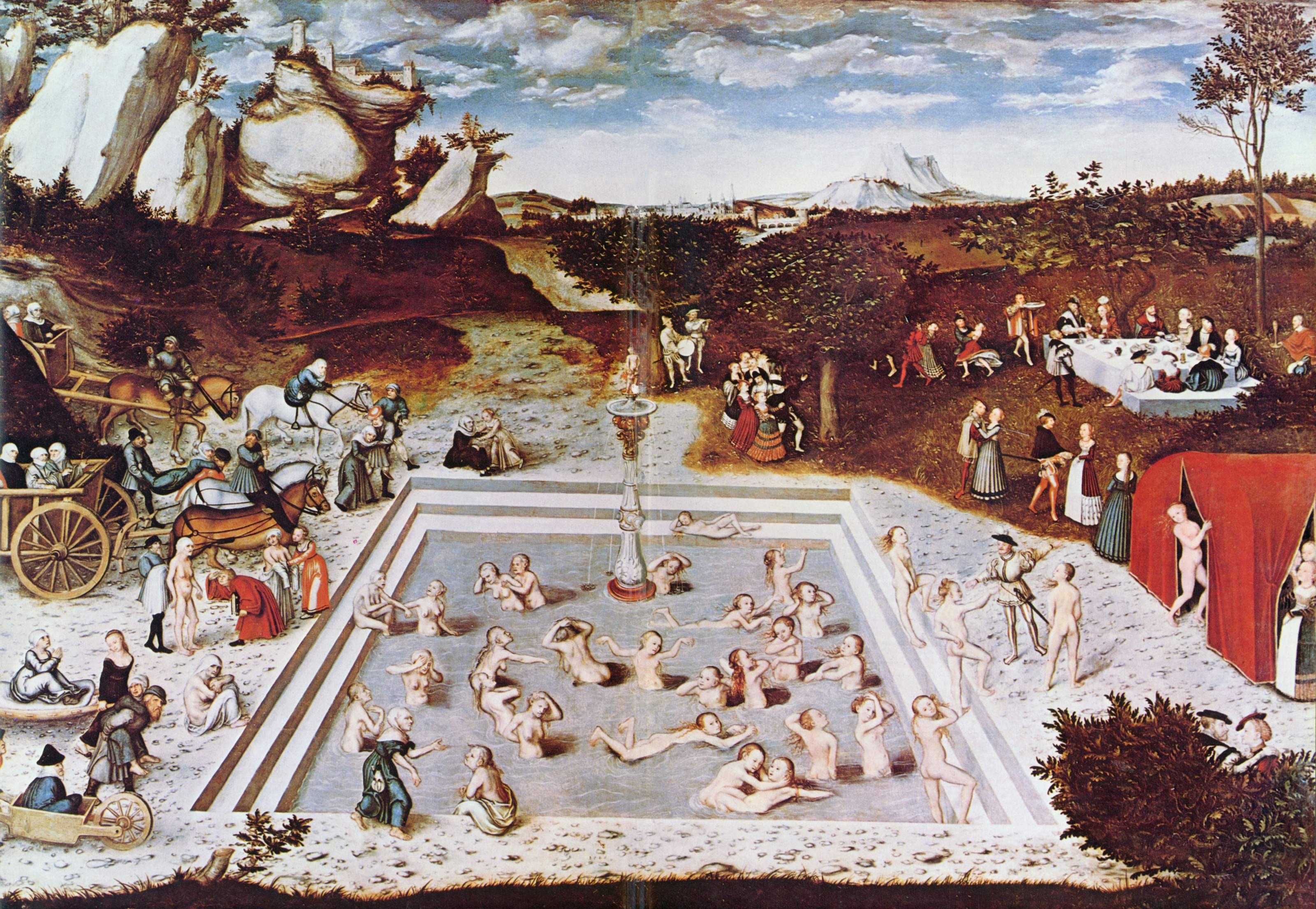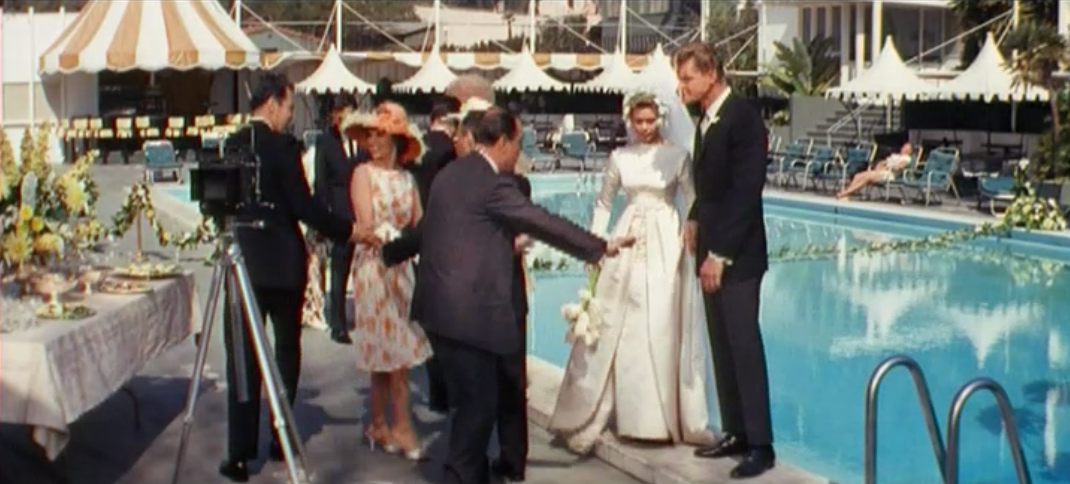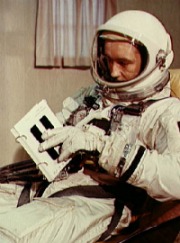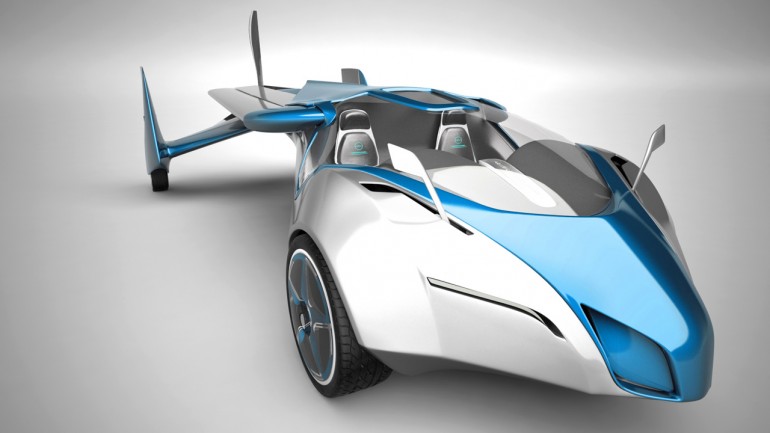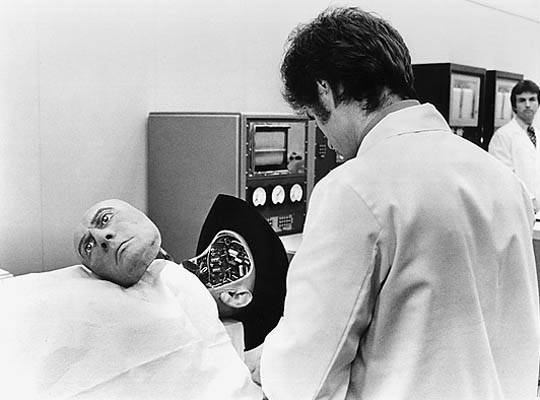
Andrew Carnegie was among the wealthy philanthropists who funded public libraries in America so that learning wasn’t limited to just the school day. He got no arguments, of course. Bill Gates, who wants to change curriculum, has unsurprisingly had a bumpier ride. A champion of Common Core and the force behind the multidisciplinary Big History courses designed by Australian educator David Christian, Gates and his good intentions have raised the question of whether a billionaire’s influence should have a seat in the classroom itself. While I would have personally loved taking Big History in high school, the issue is a real one. From Andrew Ross Sorkin of the New York Times:
“Beginning with the Carnegies and the Rockefellers, billionaires have long seen the nation’s education as a willing cause for their philanthropy — and, with it, their own ideas about how students should learn. The latest crop of billionaires, however, has tended to take the line that fixing our broken educational system is the key to unlocking our stagnant economy. Whether it’s hedge-fund managers like Paul Tudor Jones (who has given tens of millions to support charter schools) or industrialists like Eli Broad (who has backed ‘blended learning’ programs that feature enhanced technology), these philanthropists have generally espoused the idea that education should operate more like a business. (The Walton Foundation, backed by the family that founded Walmart, has taken this idea to new heights: It has spent more than $1 billion supporting various charter schools and voucher programs that seek to establish alternatives to the current public-school system.) Often these patrons want to restructure the system to make it more efficient, utilizing the latest technology and management philosophies to turn out a new generation of employable students.
For many teachers, [American Federation of Teachers President Randi] Weingarten explained, this outside influence has become off-putting, if not downright scary. ‘We have a really polarized environment in terms of education, which we didn’t have 10 years ago,’ she said. ‘Public education was a bipartisan or multipartisan enterprise — it didn’t matter if you were a Republican or Democrat or elite or not elite. People viewed public education as an anchor of democracy and a propeller of the economy in the country.’ Now, she said, ‘there are people that have been far away from classrooms who have an outsize influence on what happens inside classrooms. Beforehand, the philanthropies were viewed as one of many voices in education. Now they are viewed — and the market reformers and the tech folks — as the dominant forces, and as dissonant to those who work in schools every day. She took a deep breath and softened her tone: ‘In some ways, I give Bill Gates huge credit. Bill Gates took a risk to get engaged. The fact that he was willing to step up and say, ‘Public education is important,’ is very different than foundations like the Walton Foundation, who basically try to undermine public education at every opportunity.’
Gates appears to have been chastened by his experience with the A.F.T. When he speaks about his broader educational initiatives, he is careful to mention that the change he supports comes from the teachers, too. ‘When Melinda and I go on the road and talk to teachers, it’s just so clear there is a real hunger for this,’ he said. ‘If you can take a teacher and give him or her the help to become a great teacher, everyone benefits: the kids, the teacher, the community, the unions. Everyone.’
Gates resists any suggestion that Big History is some sort of curio or vanity project. But some of this earlier antipathy has raised skepticism about his support of the Big History Project. ‘I just finished reading William Easterly’s The Tyranny of Experts,’ says Scott L. Thomas, dean of the School of Educational Studies at Claremont Graduate University in California. ‘It’s about philanthropists and their effect on the poor globally. It’s this exact idea that here you have this ‘expert’ in the middle’ — that is, Gates — ‘enabling the pursuit of this project. And frankly, in the eyes of the critics, he’s really not an expert. He just happens to be a guy that watched a DVD and thought it was a good idea and had a bunch of money to fund it.'”
_______________________________
Louis C.K. hating on Common Core:



